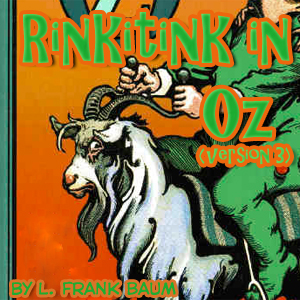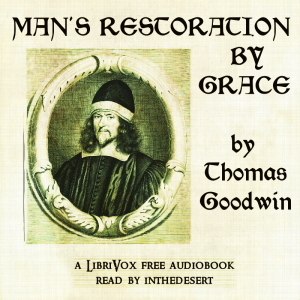Description
By: Dorothy Richardson (1873-1957)
Pointed Roofs by Dorothy Richardson is a unique and compelling novel that delves deep into the thoughts and emotions of its protagonist, Miriam Henderson. The stream-of-consciousness style of writing allows readers to truly immerse themselves in Miriam’s inner world, experiencing her joys, frustrations, and uncertainties as she navigates life as a young teacher in a boarding school.
Richardson’s prose is beautifully poetic, painting vivid and evocative images of Miriam’s surroundings and interactions with others. The novel offers a fascinating glimpse into the experiences and challenges faced by women in early 20th-century England, shedding light on issues of class, gender, and societal expectations.
While the novel may not be for everyone due to its dense and introspective nature, those who appreciate intricate character studies and evocative writing will find Pointed Roofs to be a rewarding and thought-provoking read. Richardson’s exploration of Miriam’s inner life is both fascinating and poignant, making this a novel that lingers in the mind long after the final page is turned.
Book Description:
Miriam Henderson is one of what novelist Dolf Wyllarde (in her great work, The Pathway of the Pioneer) termed “nous autres,” i.e., young gentlewomen who must venture forth and earn their living after their fathers have been financially ruined. Also, she has read Villette; she thus applies for and is offered a job teaching conversational English at a girls’ school, albeit in Germany rather than France. Pointed Roofs describes her year abroad, as she endeavors to make her way in the hotbed of seething female personalities that populate the school, overseen by her employer, the formidable Fraulein.
Richardson is adroit at conveying nuances of human perception through acutely observed physical and emotional detail. She was unfortunately labeled the inventor of stream of consciousness, and her later novels suffered when she started believing her own press; but her early ones (the first half-dozen are pre-1923) are free from stylistic excess, and are poignant — or in this case — pointed explorations of the workings of the human mind. (Introduction by Grant Hurlock)











